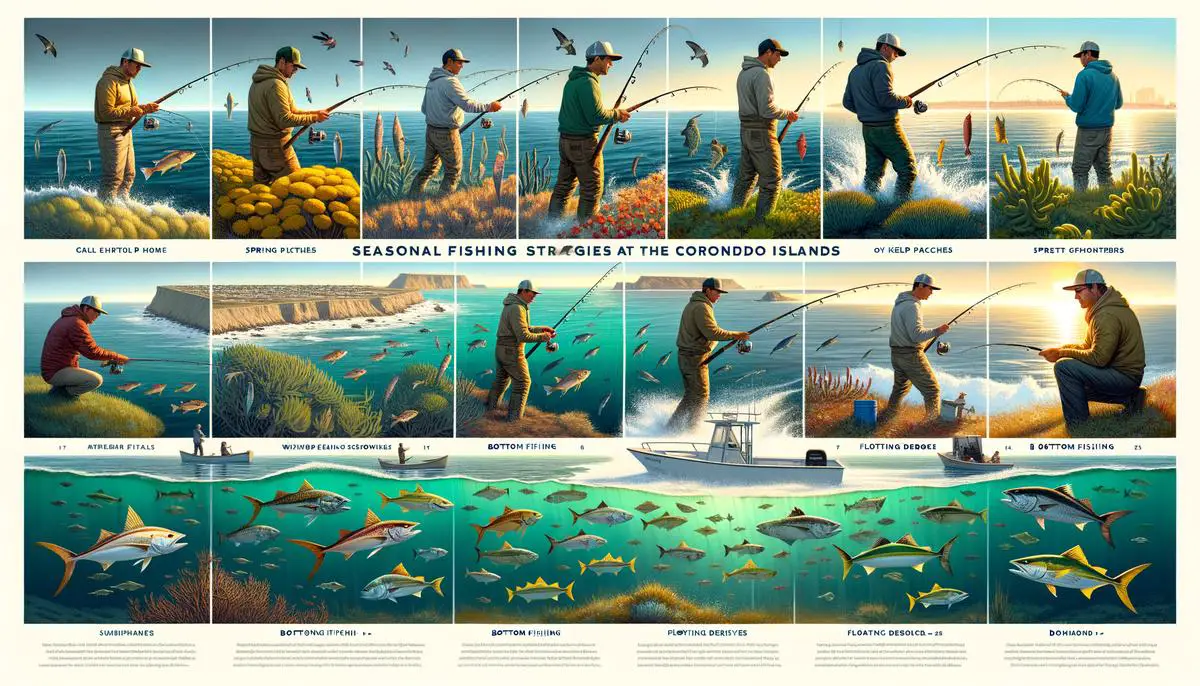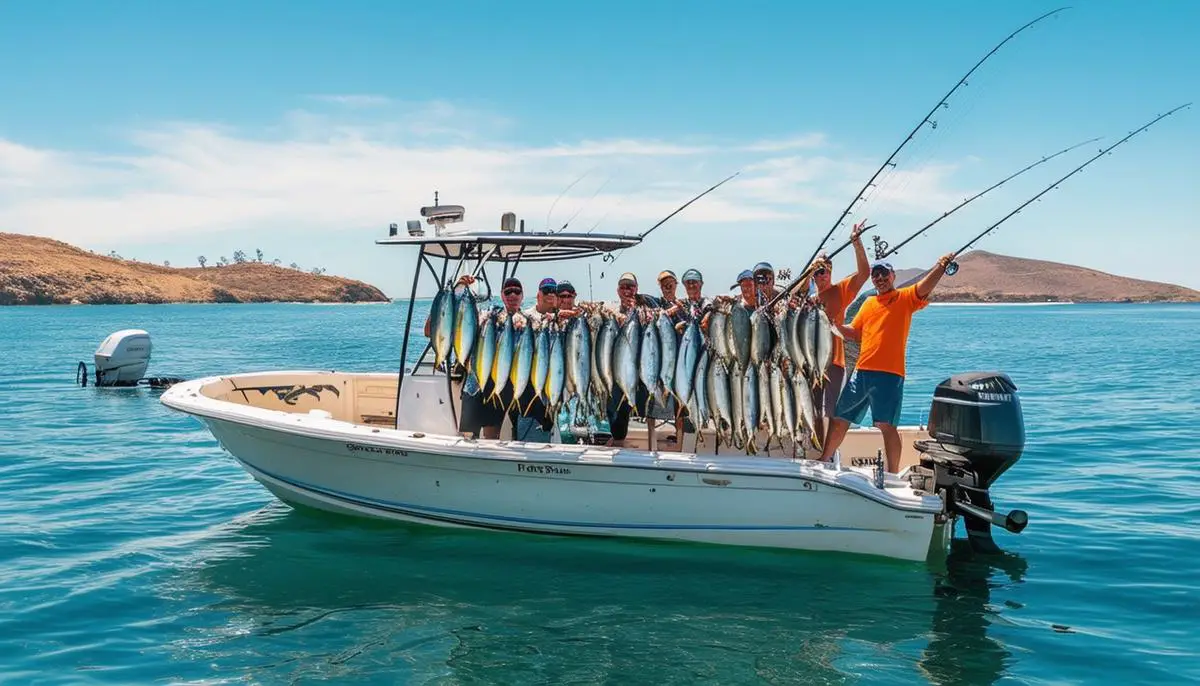Obtaining Necessary Permits
To fish the waters around the Coronado Islands, you'll need a Mexican fishing license, a Biosphere bracelet, and an FMM visa.
A Mexican fishing license is required for everyone on board, regardless of whether they plan to fish. Annual passes, daily, and monthly permits are available, with prices ranging from about $13 for a one-day permit to $63 for an annual license. Visit the Mexican Government Fishing Site for current prices and to purchase your license.
Biosphere bracelets ensure your fishing party respects and protects the ecological systems of the Coronado Islands. These can be purchased at shops near San Diego, like Fisherman's Landing or Dana Landing Fuel Dock, or online at the Hippie Migra's Water & Wildlife Watch website for $5 per day or $22 for an annual pass.
An FMM visa is necessary for anyone seriously intending to fish in the Coronados. This temporary visa costs around 390 pesos (roughly $21.93) and can be obtained online at Mexico's Immigration Site before your trip.
A crew list is also required and will be checked by Mexican authorities. Failure to provide these documents could result in serious consequences, including vessel impoundment.
Additionally, purchasing protective boat insurance is recommended to cover any unforeseen expenses that may arise during your fishing expedition.
Regulations and Bag Limits
When fishing around the Coronado Islands, it's essential to comply with Mexican fishing laws to avoid penalties and respect the marine environment. Each angler aboard may catch a maximum of ten fish per day across all species, with no more than five of any single species.
For larger trophy fish, the regulations are stricter:
- Only one billfish per day is allowed, which counts as half of your overall limit.
- Dorado, tarpon, and roosterfish are limited to two per day, with each one accounting for five of your general ten-fish limit.
Spearfishermen are allowed a daily catch of five fish, using only rubber band or spring type harpoons. The honor system applies, but clear rules help maintain fish stocks and ensure future fishing opportunities.
Only single hooks are permitted, as they are less harmful to the fish. When bottom fishing, a linear drop with up to four tiered hooks is allowed.
All fish must be kept intact until back onshore, as filleting at sea is prohibited under Mexican sport fishing regulations.
There is no limit on catch-and-release practices, as long as the fish are returned in good survival condition. This encourages sustainable fishing and ensures future adventures remain possible.
Seasonal Fishing Tips
The Coronado Islands offer year-round fishing opportunities, but knowing the seasonal patterns can significantly improve your success rate.
From mid-March to mid-November, Yellowtail fishing is at its peak. These fish often school around the islands, particularly near floating kelp patches. Start by trolling with cedar plugs and feathers, and be ready to switch to surface iron when a Yellowtail passes nearby. Once you hook one, quickly change to live bait like mackerel or sardines to keep the action going.
During the cooler winter months, focus on bottom species like rockfish. Use a paternoster rig with two high-quality hooks and heavy weights to reach the seabed where these fish reside.
Dorados are most active during early morning or twilight hours1. They can be found around floating debris or schools of baitfish. Live bait is crucial for success when targeting these fish, especially near kelp patties.
Pay attention to natural cues like breezes or swells, which can indicate the presence of fish. Knowing these seasonal patterns and techniques can greatly improve your chances of success when fishing the Coronado Islands.

- Ocampo-Torres FJ, Carrasco-Espinosa GL, Núñez-Marquez E. Analysis of the oceanographic conditions for the fishing of dorado (Coryphaena hippurus) in the Gulf of Mexico. Hidrobiológica. 2016;26(2):291-301.



Welcome to our blog!